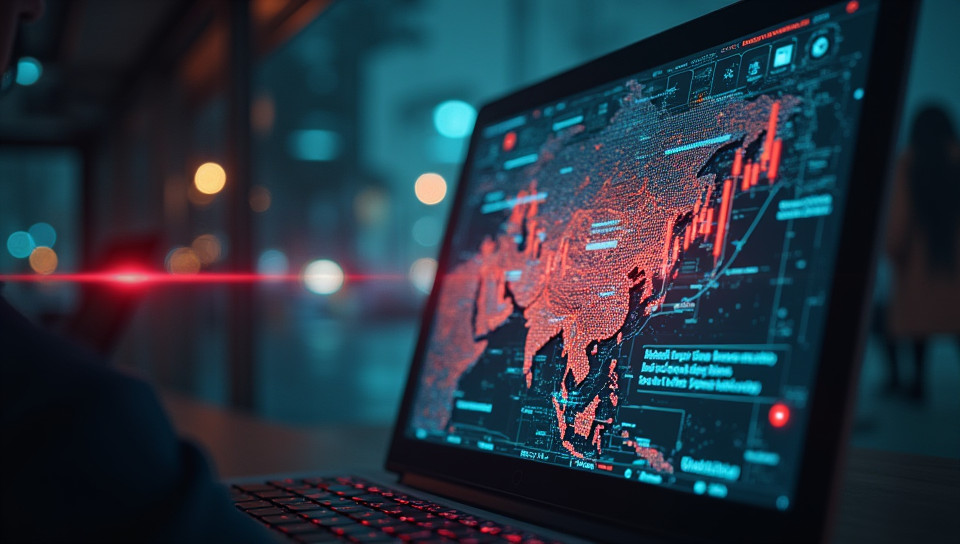Online echo chambers can amplify the spread of fake news 82%

The Dark Side of Online Discourse: How Echo Chambers Fuel Fake News
In an age where social media dominates our lives, it's becoming increasingly difficult to discern fact from fiction. The internet has enabled us to connect with people from all over the world, share information instantly, and access a vast array of knowledge at our fingertips. However, this unprecedented level of connectivity has also given rise to a phenomenon that threatens the very fabric of our society: online echo chambers.
What are Online Echo Chambers?
Online echo chambers refer to social media bubbles where people congregate with like-minded individuals who share similar views and interests. These communities often perpetuate misinformation, reinforcing pre-existing biases and prejudices while silencing opposing voices. The result is a never-ending cycle of confirmation bias, where individuals are fed information that reinforces their existing worldview.
How Do Echo Chambers Spread Fake News?
- Misinformation spreads rapidly through echo chambers as people share unverified information without critically evaluating its accuracy.
- Social media algorithms often prioritize sensational or provocative content, further amplifying the spread of fake news.
- The anonymity of online interactions can lead to a lack of accountability, allowing individuals to spread misinformation without fear of consequences.
The Consequences of Echo Chambers
The proliferation of echo chambers has serious implications for our democracy and global stability. By creating an environment where misinformation thrives, we risk undermining trust in institutions, eroding critical thinking skills, and exacerbating social divisions.
Breaking the Cycle: Promoting Critical Thinking and Media Literacy
To counter the spread of fake news, we must prioritize media literacy and critical thinking skills. This involves:
- Encouraging nuanced discussions that consider multiple perspectives
- Promoting fact-checking and verification of information
- Supporting independent journalism and diverse media sources
- Fostering online environments that value constructive debate and respectful disagreement
Conclusion
Online echo chambers have the potential to amplify the spread of fake news, with devastating consequences for our society. By understanding the mechanisms driving this phenomenon and taking steps to promote critical thinking and media literacy, we can work towards creating a more informed, empathetic, and resilient global community. It's time to break free from the echo chamber and engage in meaningful conversations that shape a brighter future for all.
- Created by: Mùchén Chu
- Created at: Sept. 15, 2024, 1:38 a.m.
- ID: 9625
